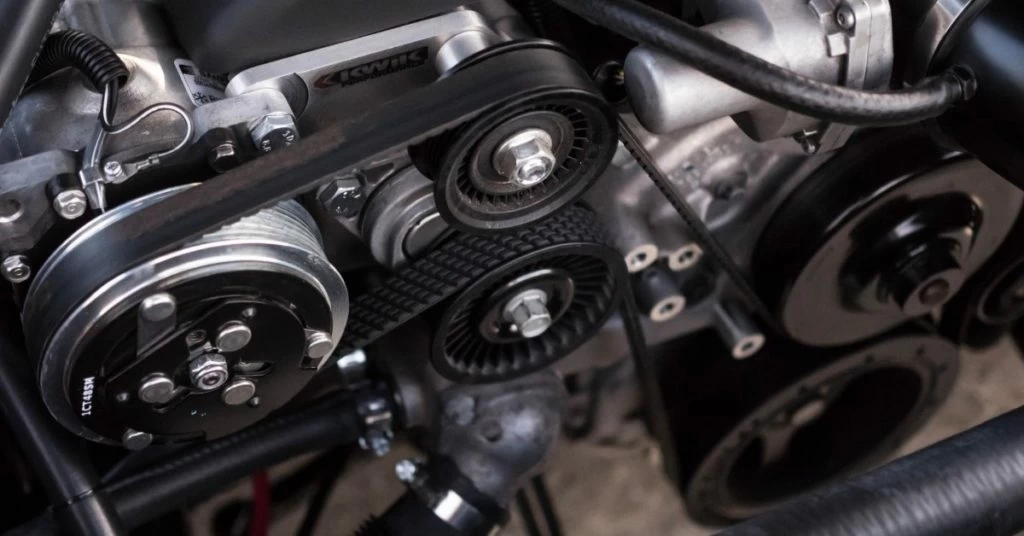- Arabic
- French
- Russian
- Spanish
- Portuguese
- Turkish
- Armenian
- English
- Albanian
- Amharic
- Azerbaijani
- Basque
- Belarusian
- Bengali
- Bosnian
- Bulgarian
- Catalan
- Cebuano
- Corsican
- Croatian
- Czech
- Danish
- Dutch
- Afrikaans
- Esperanto
- Estonian
- Finnish
- Frisian
- Galician
- Georgian
- German
- Greek
- Gujarati
- Haitian Creole
- hausa
- hawaiian
- Hebrew
- Hindi
- Miao
- Hungarian
- Icelandic
- igbo
- Indonesian
- irish
- Italian
- Japanese
- Javanese
- Kannada
- kazakh
- Khmer
- Rwandese
- Korean
- Kurdish
- Kyrgyz
- Lao
- Latin
- Latvian
- Lithuanian
- Luxembourgish
- Macedonian
- Malgashi
- Malay
- Malayalam
- Maltese
- Maori
- Marathi
- Mongolian
- Myanmar
- Nepali
- Norwegian
- Norwegian
- Occitan
- Pashto
- Persian
- Polish
- Punjabi
- Romanian
- Samoan
- Scottish Gaelic
- Serbian
- Sesotho
- Shona
- Sindhi
- Sinhala
- Slovak
- Slovenian
- Somali
- Sundanese
- Swahili
- Swedish
- Tagalog
- Tajik
- Tamil
- Tatar
- Telugu
- Thai
- Turkmen
- Ukrainian
- Urdu
- Uighur
- Uzbek
- Vietnamese
- Welsh
- Bantu
- Yiddish
- Yoruba
- Zulu
aŭg . 01, 2024 01:36 Back to list
Understanding the Mechanics and Benefits of Car Belt Drive Systems in Modern Vehicles
Understanding Car Belt Drives The Heart of Automotive Power Transmission
The automotive world is filled with an array of components working in harmony to ensure the seamless operation of vehicles. Among these components, the car belt drive system plays a pivotal role in transferring power from the engine to various auxiliary components, ensuring that everything functions efficiently. This article delves into the functionality, types, maintenance, and significance of car belt drives, and how they contribute to the overall performance of a vehicle.
What Is a Car Belt Drive?
A car belt drive refers to a system that utilizes belts made of rubber or similar materials to transmit power from the engine's crankshaft to other components such as the alternator, water pump, power steering pump, and air conditioning compressor
. The belt runs over pulleys attached to these components, enabling them to operate in sync with the engine's performance.The two primary types of belt drives in vehicles are the V-belt and the serpentine belt. The V-belt, characterized by its triangular cross-section, was widely used in older vehicles. In contrast, the serpentine belt is a more modern invention featuring a long, flat design that can drive multiple components simultaneously, thus reducing the number of belts required and saving weight under the hood.
Working Mechanism
When the engine runs, it spins the crankshaft. The crankshaft is connected to the belt system, which transfers this rotational energy through the belt to the pulleys attached to other engine components. The efficient conversion of engine power into mechanical energy for these auxiliary components is vital. Without a functioning belt drive system, crucial functions like charging the battery via the alternator or pumping coolant could be severely impaired, leading to engine overheating or failure of other systems.
Maintenance and Signs of Wear
car belt drive

Like all mechanical components, belt drives require regular maintenance to ensure longevity and optimal performance. Over time, belts can wear out, crack, or stretch, leading to slippage or complete failure. Regular inspections can help identify issues before they escalate. Some common signs of a failing belt include squeaking or chirping noises, visible cracks or fraying on the belt surface, and warning lights on the dashboard indicating a malfunction with the electrical system or temperature gauge.
When replacing a belt, it's crucial to inspect the pulleys and tensioners as well. A worn-out tensioner or pulley can cause a new belt to wear prematurely. Most manufacturers recommend replacing the serpentine belt every 60,000 to 100,000 miles, although it's always advisable to refer to the vehicle’s owner manual for specific guidance.
Importance of Car Belt Drives
The importance of car belt drives cannot be overstated. They play a critical role in the overall performance and efficiency of a vehicle. By ensuring that essential components like the alternator and water pump operate optimally, belt drives contribute to better fuel efficiency, enhanced engine performance, and a reduction in harmful emissions.
In modern cars, where electrical systems are increasingly complex, the belt drive system's reliability ensures that all auxiliary components receive the power they need. This enhancement leads to a smoother driving experience, increased vehicle safety, and extended engine life.
Conclusion
In conclusion, car belt drives are fundamental to the functionality and efficiency of modern automobiles. Understanding their role, the types available, and the importance of regular maintenance can empower car owners to care for their vehicles effectively. As technology advances, perhaps the design and functionality of belt drives will evolve further, but for now, these unsung heroes of the automotive world continue to operate in the background, driving not only the mechanics of the car but also its overall performance on the road.
-
Korean Auto Parts Timing Belt 24312-37500 For Hyundai/Kia
NewsMar.07,2025
-
7PK2300 90916-T2024 RIBBED BELT POLY V BELT PK BELT
NewsMar.07,2025
-
Chinese Auto Belt Factory 310-2M-22 For BMW/Mercedes-Benz
NewsMar.07,2025
-
Chinese Auto Belt Factory 310-2M-22 For BMW/Mercedes-Benz
NewsMar.07,2025
-
90916-02660 PK Belt 6PK1680 For Toyota
NewsMar.07,2025
-
drive belt serpentine belt
NewsMar.07,2025

